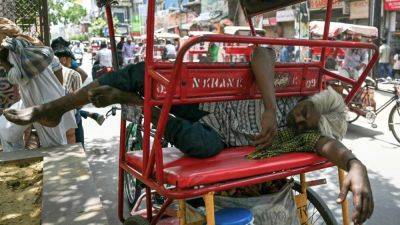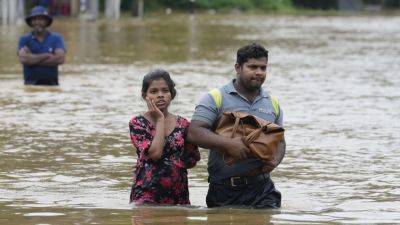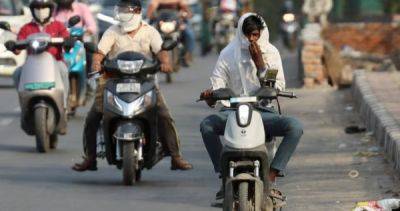Sri Lanka’s killing fields cast a long shadow
Impunity for crimes committed during the civil war has fuelled post-war repression in Sri Lanka.
Today we mark the 15th anniversary of the bloody end of Sri Lanka’s three-decades-long civil war. This anniversary comes around at a critical historical juncture, amid the humanitarian catastrophe unleashed by Israel’s assault on Gaza.
The global response to Gaza, across many states, peoples and international institutions, shows that there is a strong will to uphold international norms on protecting civilians and a strong will to address the underlying political injustices of the conflict itself, rather than seeing it merely as a problem of security and terrorism. The international failure to translate this will into concrete action is appalling but sadly not unprecedented.
The state of Sri Lanka, 15 years after the end of the armed conflict there, shows what happens when mass atrocities are unaddressed and the political fault lines that led to them in the first place remain unresolved and are arguably exacerbated. There are also striking and unavoidable similarities between the events still unfolding in Gaza and those that took place in the Vanni, the area of northern Sri Lanka where the war ended.
In the final months of the conflict, the Sri Lankan military besieged and bombarded a civilian population of 330,000 along with an estimated 5,000 Tamil Tiger fighters, corralling them into ever thinner strips of land in the Vanni. The offensive was brutal and unconstrained. It destroyed and defeated the Tamil Tigers’ armed group LTTE but also made a raging bonfire out of international humanitarian law, the laws of war and basic norms of civilian protection.
The Sri Lankan military bombed and shelled food distribution centres,







